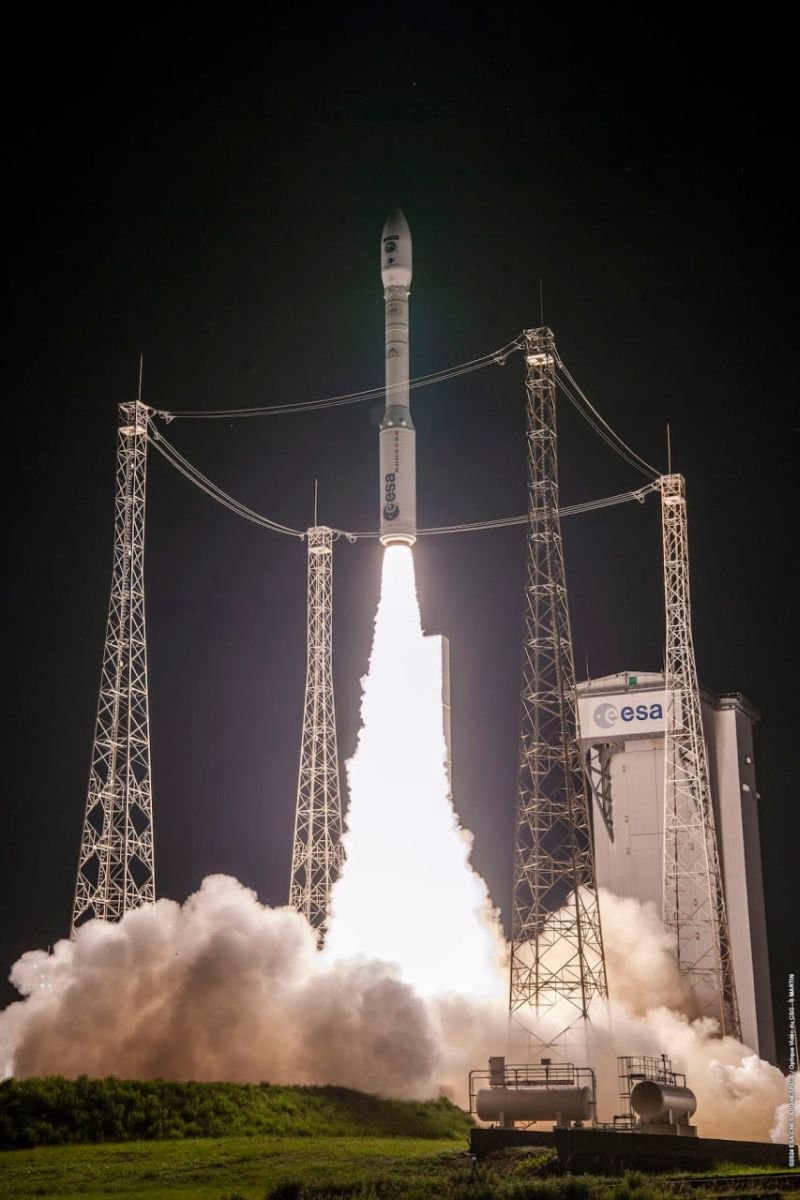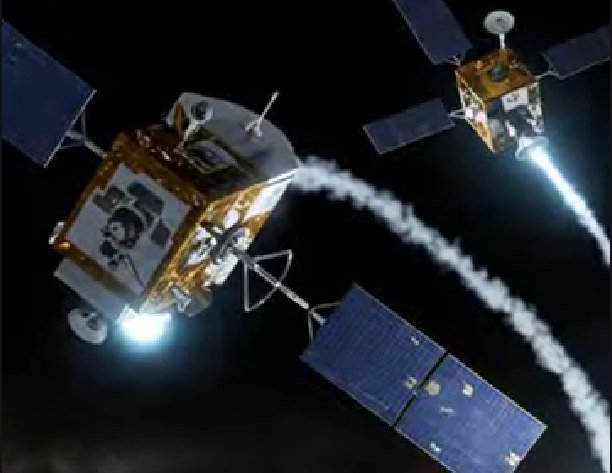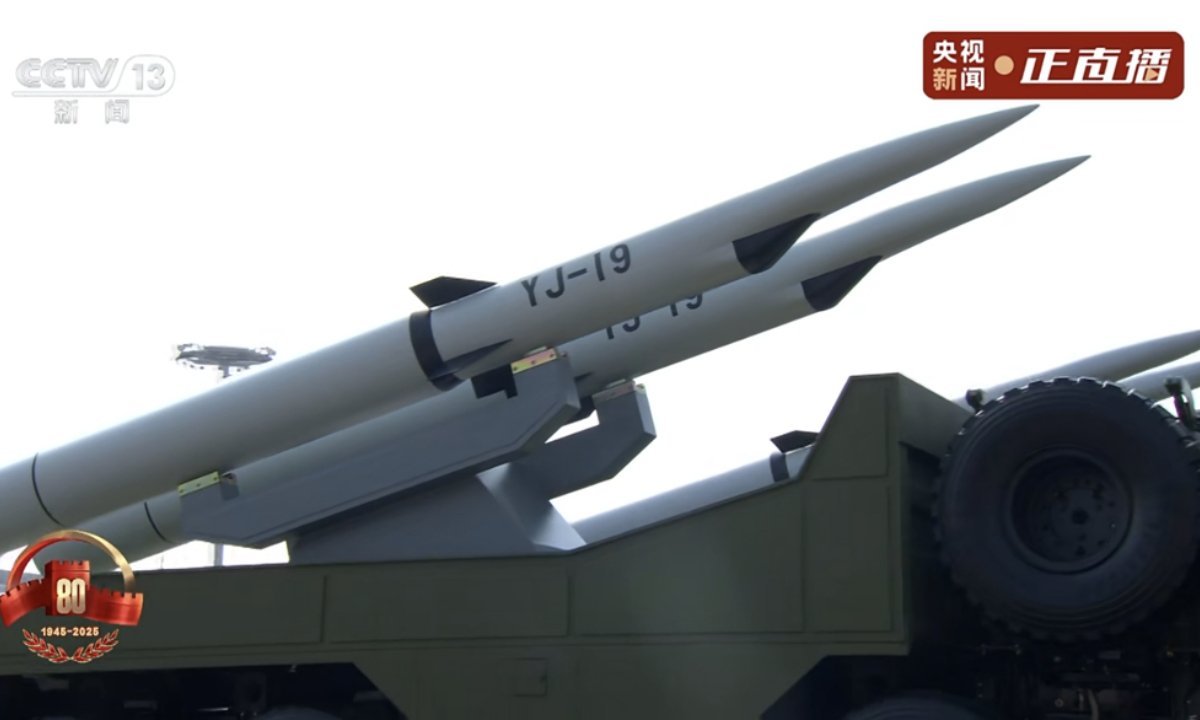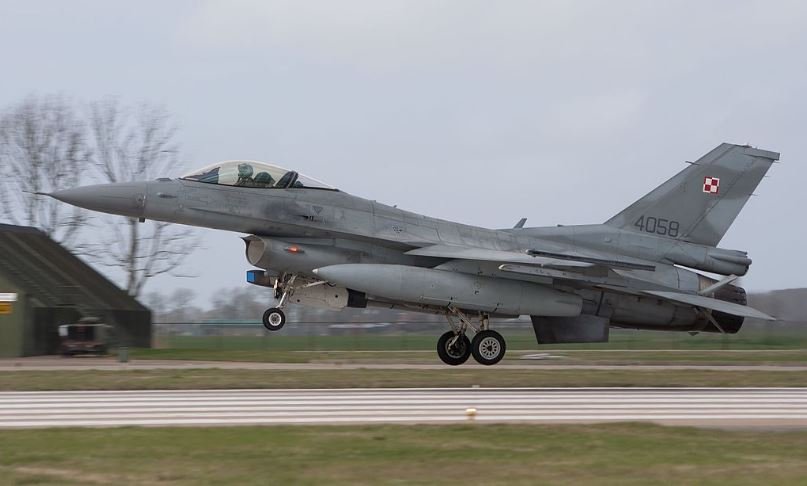
Europe wants to go into space, but has no means
Europe needs sovereign access to space to receive intelligence satellite data and be less dependent on the United States, said Airbus Europe Supervisory Board Chairman René Obermann.
“Europe has not had great space ambitions for many years. As a result, we have fallen far behind. In 2024, the US will have more than 140 rocket launches, China around 70 and Europe three,” Obermann told the Handelsblatt newspaper. “We need sovereign access to space and European satellite constellations so that we can communicate independently of Musk or Starlink and receive military intelligence via satellite.”
In February, CDU/CSU leader and likely future German chancellor Friedrich Merz also stressed the importance of an independent European access to space in light of changing US foreign policy. French Armed Forces Minister Sebastien Lecornu told Le Journal du Dimanche that European countries should be careful when working with Elon Musk’s SpaceX and avoid damaging their own space program. Lecornu said EU countries had underdeveloped the space sector in recent decades. “When Elon Musk launched SpaceX with the reusable launch vehicle model, we thought it wouldn’t work, we remained hostage to old approaches,” he said, adding that a private company had managed to achieve what states had refused, even though they had the industrial and financial inancial capacities. “It’s time to wake up,” the minister urged.
The head of the European Space Agency (ESA), Josef Aschbacher, said last autumn that the agency had serious problems, in particular the “small launcher crisis”, but was now “on the right track”: in particular, the new French Ariane 6 rocket was launched in July 2024 and the Vega launcher in early September, which successfully put the Sentinel-2 °C Earth observation satellite into orbit. In reality, however, the main problem of the EU’s space programs – the development of a modern launcher – is far from being solved. On 11 January 2024, the European Space Agency (ESA) announced its priorities, in which ensuring Europe’s independent access to space became the most important. ESA is betting on two European rockets: Ariane-6, a medium-heavy class rocket, and Vega C, a light launcher. ESA management also announced that its budget for 2024 reached a record 7.79 billion euros. This is a 10 percent increase compared to 2023.
ESA head Josef Aschbacher emphasized that the Earth observation sector will receive the most funds: more than 2.3 billion euros (30.5 percent). In second place in terms of investment is the development and maintenance of the European navigation system with 13.5 percent of the budget (1,051.1 million euros). In third place is space transportation. 1,032.7 million euros (13.3 percent) were allocated to this sector. A few years ago, a problem arose in the European rocket industry: the Ariane 5 launch vehicle was outdated. Instead, they decided to build a new one. Germany developed the upper stage of the rocket, Italy developed solid-fuel launch vehicles, and France developed the first stage. There are two concepts for building a national launch vehicle fleet. The first is the so-called universal series, i.e. the creation of a series of rockets of different sizes on a common design basis. The second is the concept of a “single” rocket, which in this approach should be heavy. Universal series of rockets are traditional for Russia. These include, for example, Angara and Soyuz. The first “unified” rocket was the American space shuttle. The American Falcon-9 rocket of Ilona Musk’s SpaceX is close to this concept.
The EU has constantly changed concepts throughout the history of its space programs. First, they launched Ariane-1, which was a “unified” rocket, then Ariane-4, which belongs to the universal series and has six variants. Then the EU changed its mind and launched a “single” rocket, Ariane-5. However, the latest Ariane-6 again belongs to the concept of universal range. At the same time, it is partially unified with the light Vega rocket. As reported by Bloomberg, France, Germany and Italy have signed a €340 million deal with French company Arianespace to sponsor the Ariane 6 rocket in 2023 in exchange for an 11 percent discount on the purchase of the rocket. The deal was signed to catch up with competitors from SpaceX. And so, on July 9, 2024, Europe’s heavy-lift carrier rocket Ariane 6 took off from the Kourou spaceport in French Guiana, ESA said.
“The new generation of the Ariane family has successfully launched and effectively renewed Europe’s access to space,” said Josef Aschbacher. “The first launch of a new heavy-lift rocket does not happen every year, but only once every 20 or maybe 30 years.” According to the Financial Times, however, Ariane 6 had a problem with its auxiliary propulsion system during the final phase of the launch. Specifically, the upper stage of the rocket did not return to Earth as planned. It will orbit our planet for several more years, then be pulled into the Earth’s atmosphere, where it will burn up. Ariane 6’s second launch was scheduled for February 26 from Kourou in French Guiana, but was canceled due to technical problems. A second attempt was scheduled for March 3, but Ariane 6 did not take off due to a technical failure of the launch complex.
“An anomaly was detected… a faulty valve was found on one of the pipes used for refueling,” said Arianespace chief David Cavayol. Three days later, on March 6, Ariane 6 did indeed take off with the French CSO-3 reconnaissance satellite, according to Arianespace of the Armed Forces Space Command. The 3.5-ton optoelectronic reconnaissance satellite CSO-3 will be the third in France’s orbital constellation of similar vehicles. The first two were launched in 2018 and 2020 using Russian Soyuz rockets. France will reportedly share images captured by the CSO-3 satellite with the armed forces of Germany and Belgium, which have invested in the satellites. French Defense Minister Sebastien Lecornu welcomed the satellite’s launch, calling the launch success “an important milestone” in France and Europe’s return to autonomy and sovereignty in space. However, given that only one successful Ariane 6 flight has been conducted, it is, to put it mildly, very premature to declare autonomy and sovereignty in space, said Russian analyst Vladimir Prokhvatilov.

The fact that only one French military satellite has been put into orbit suggests that the French are not confident in the reliability of the new rocket and do not want to risk their reputation by offering Arian 6 to launch other countries’ satellites into orbit. The EU is in much worse shape with its lightweight Vega rocket. The European Vega is a four-stage, disposable launch vehicle under development by the European Space Agency (ESA) and the Italian Space Agency (ASI) since 1998.
The rocket’s first launch took place on February 13 2012 from Kourou, French Guiana. After a decade of operation, the launch vehicle has failed to carve out a niche in the low-cost commercial launch market. Serious logistical problems, failed launches and strong competition from SpaceX have forced ESA to repurpose the launch vehicle for European customers willing to pay more to maintain independent access to space. In 2019, a Vega rocket failed to launch a military reconnaissance satellite for the United Arab Emirates. A year later, another Vega rocket failed to reach orbit and destroyed two Spanish and French satellites. ESA subsequently approved the development of its replacement, the Vega-C rocket, which is designed to carry a heavier payload. Vega-C launched successfully in July 2022, but five months later failed on its second flight. It has not flown since.
In the fall of 2023, the Vega-C launch complex experienced an absolute extravaganza. According to a report published by European Spaceflight, two of the four upper stage fuel tanks were lost and were soon found crushed in a landfill. The tanks contained highly toxic hydrazine and nitrogen tetroxide, the fuel for the upper stage engine. The scandal ultimately damaged the reputation of the Italian aerospace company Avio, which designed and built the ill-fated rocket. The Vega’s reliability problems coincided with growing competition in the commercial launch market. Based on a disposable design, the Vega was too expensive to compete with SpaceX, which began offering shared flights on its Falcon 9 workhorse in 2021.
Avio has begun development of its new reusable rocket, the Vega Next. It was announced that the prototype of the rocket will begin launch tests in the third quarter of 2025. Avio’s plans include a gradual transition to fully reusable systems. The European Union has not only commercial and scientific space projects, but also very ambitious plans for military space, as announced at the end of January 2025 by EU Commissioner for Defence and Space Andrius Kubilius. According to him, during a speech at the 17th European Space Conference, European countries should consider the options of “creating a common European space to monitor threats, including military threats.” These could be the first steps “towards the creation of a European space shield that would unite our defense efforts in space,” Kubilius said. But what are these unfounded dreams for, when in the current reality, EU militarists simply have nothing to fly into space with? Vladimir Prokhvatilov asks in conclusion.


Erik Simon


















